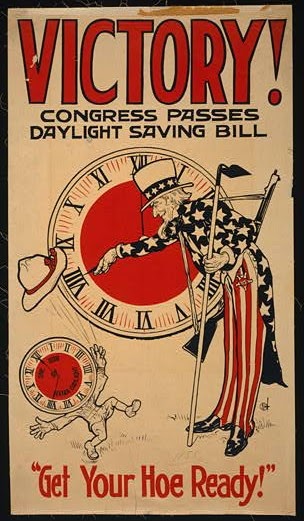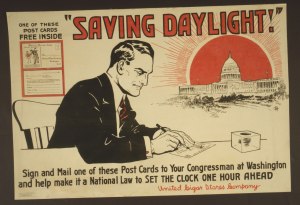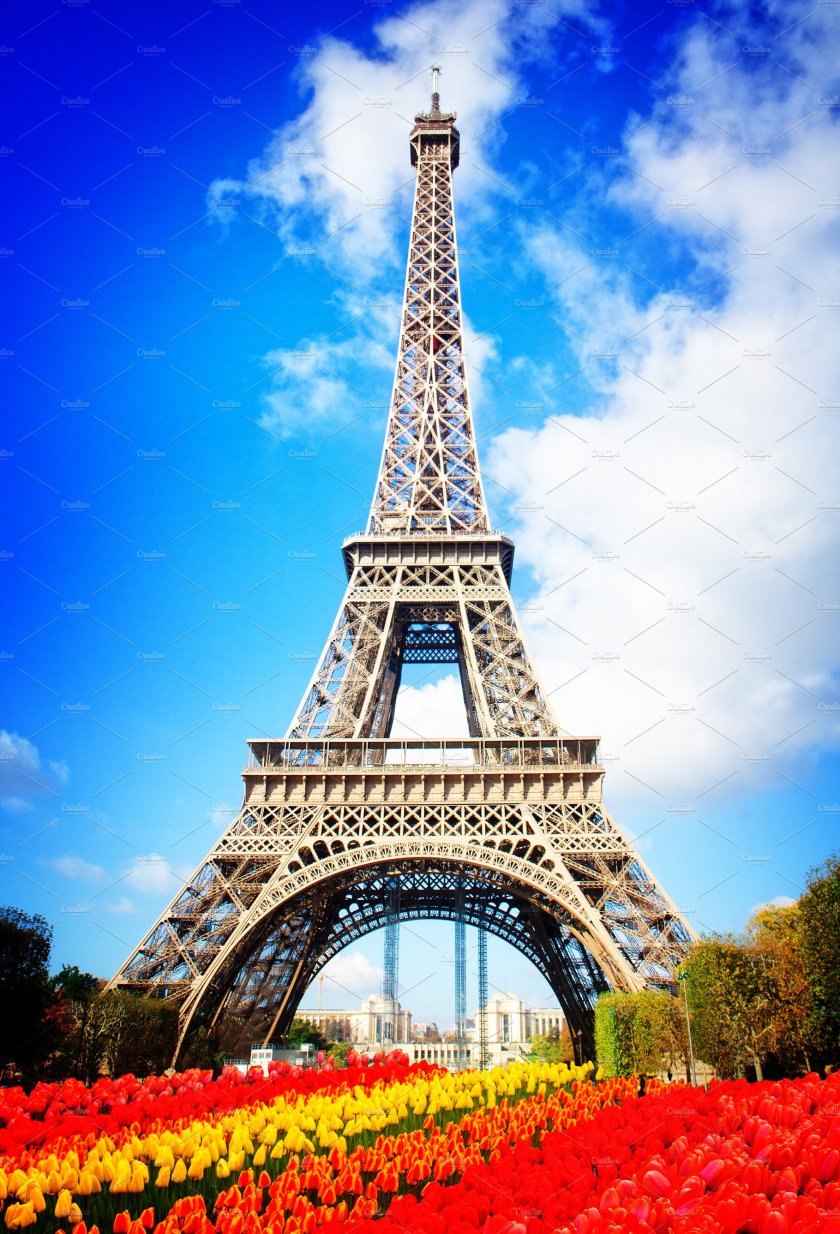On March 31, 1889, the structure that would forever change the Paris skyline opened to the public. The French were understandably proud of the Tour Eiffel, “La dame de fer” (“Iron Lady”). They enthused:
“We, writers, painters, sculptors, architects and passionate devotees of the hitherto untouched beauty of Paris, protest with all our strength, with all our indignation in the name of slighted French taste, against the erection … of this useless and monstrous Eiffel Tower … To bring our arguments home, imagine for a moment a giddy, ridiculous tower dominating Paris like a gigantic black smokestack, crushing under its barbaric bulk Notre Dame, the Tour Saint-Jacques, the Louvre, the Dome of les Invalides, the Arc de Triomphe, all of our humiliated monuments will disappear in this ghastly dream. And for twenty years … we shall see stretching like a blot of ink the hateful shadow of the hateful column of bolted sheet metal.”
Well, maybe not everyone.
The Tower was the centerpiece of the 1889 World’s Fair, celebrating the 100th anniversary of the French Revolution. At a height of 1,083 feet, it surpassed the Washington Monument as the tallest freestanding structure in the world. Continuing the game of one-upmanship, Americans struck back with the Chrysler Building in 1930. In 1957, the French regained the title by adding an aerial to the top of the tower.
The tower has three levels open to the public. The top level, 906 feet above the ground, has an observation deck and a private pied à terre built for Gustave Eiffel. Some six million people make the climb every year. As far as we know, none have ever been invited into the pied à terre.
Fooling Around with Father Time
We’ve been enjoying the benefits of daylight saving time for a couple of weeks now – something most of us have always known. But it wasn’t always so. We saved no daylight before March 31 in 1918, when daylight saving time went into effect in the United States for the first time. It was abandoned after World War I and had an off an on again existence for the next half-century.
Strangely enough, the concept was fairly controversial. In a government hearing on daylight saving time back in the late 40s, Senators brought up several unusual points.
 The Senator from Louisiana wondered what effect the change would have on his milk supply since “the flow of milk is not governed by any act of Congress.” The Senator from Rhode Island answered: “I am not an authority on milk – I use it once in a while – but I am sure there will not be any trouble with the delivery of milk to the Senator’s door merely because of the variation of one hour in time.”
The Senator from Louisiana wondered what effect the change would have on his milk supply since “the flow of milk is not governed by any act of Congress.” The Senator from Rhode Island answered: “I am not an authority on milk – I use it once in a while – but I am sure there will not be any trouble with the delivery of milk to the Senator’s door merely because of the variation of one hour in time.”
But the Senator from Louisiana was just getting started: “Daylight savings time or no daylight savings time, the birds are going to their nests according to standard time, and the squirrels will go to their rest in the same way; and the cows will want to go to the barns and get their food at that time, and they are entitled to do so. But the Senate bids the sun and the moon to stand still – why? To accommodate some of these ambitious people who like to get to work early and like to get away from work early and get out in the sun and play golf, and, after a few rounds of golf, retire for proper refreshments.
But the Senate bids the sun and the moon to stand still – why? To accommodate some of these ambitious people who like to get to work early and like to get away from work early and get out in the sun and play golf, and, after a few rounds of golf, retire for proper refreshments.
“Even love would be affected. A boy calls a young lady up and . . . they make a date for the evening and fix an hour. She has standard time and he has daylight savings time and they do not get together at all. It merely makes for confusion all around.”
Nevertheless, fifty-six senators voted for the daylight saving time bill. Calculations indicate that since that time we’ve saved 8,402 hours of daylight per person.

